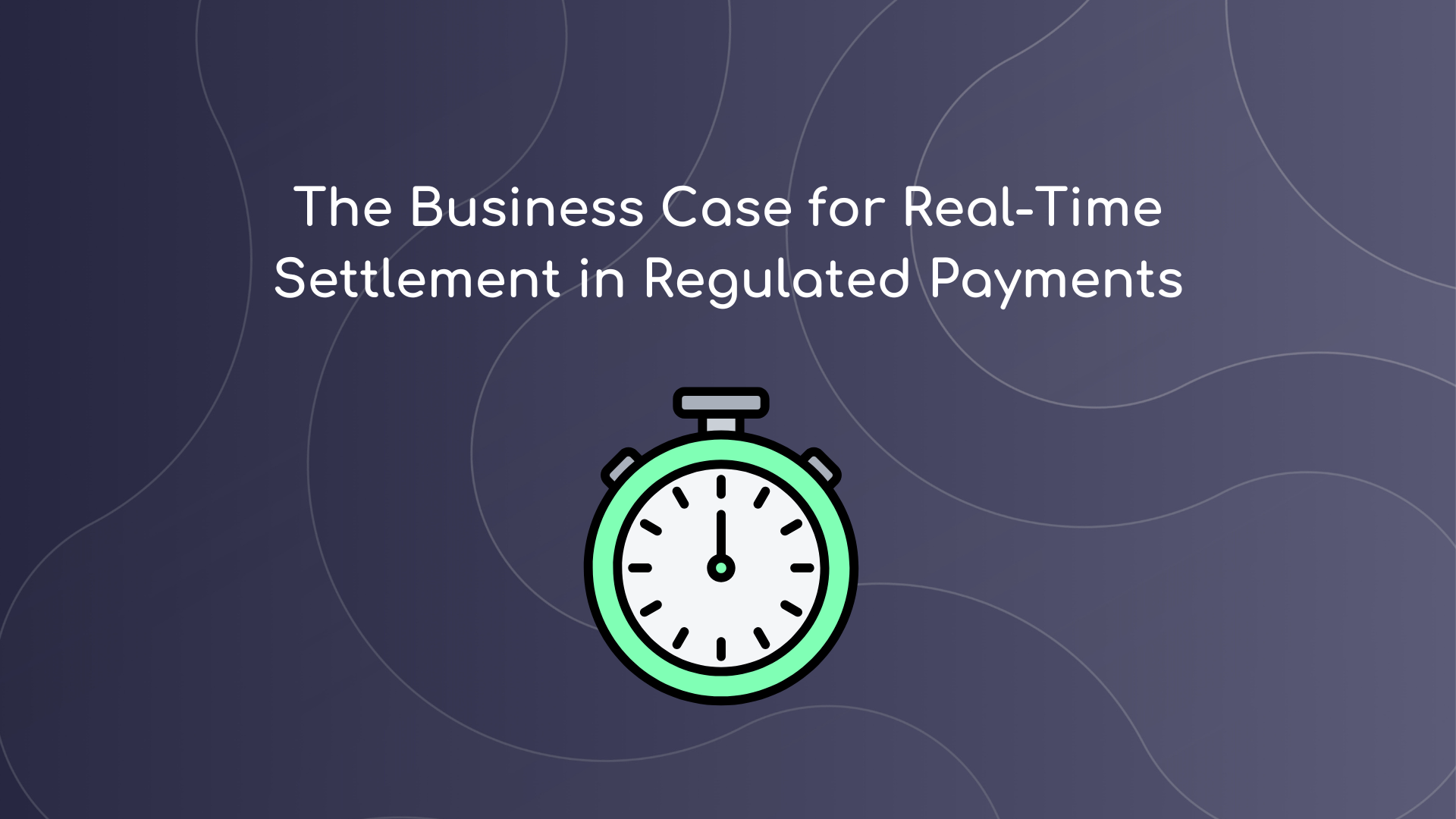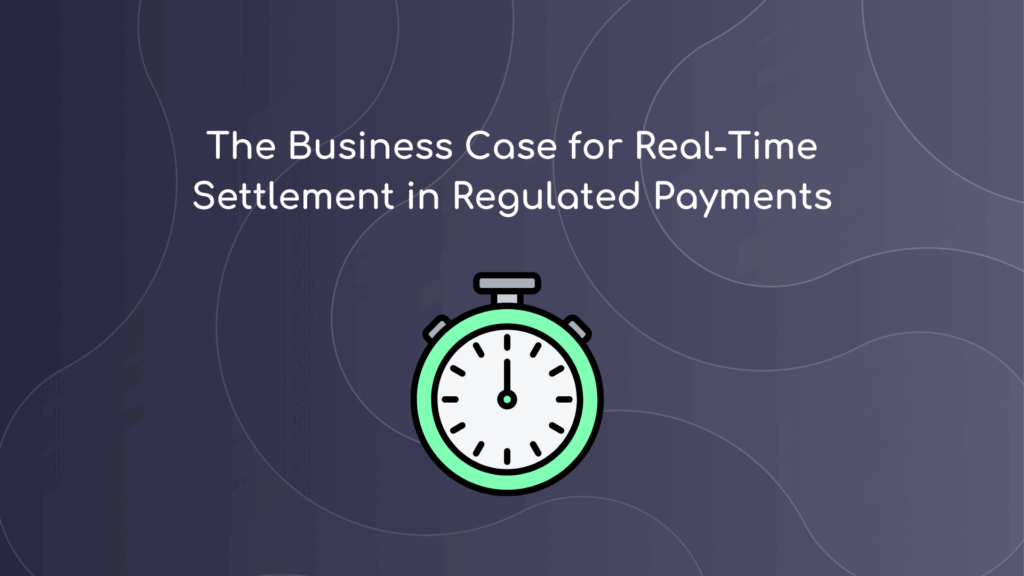En un mundo en el que la eficiencia del capital lo es todo, esperar de 2 a 5 días laborables a que se liquiden los fondos es más que un retraso, es una desventaja estratégica.
Para las empresas de sectores regulados, como las fintech, los brokers de divisas, los PSP y los iGaming, los ciclos de liquidación tradicionales crean déficits de liquidez, gastos generales de conciliación y costes ocultos. Con una infraestructura basada en stablecoin, la liquidación en tiempo real no sólo es posible, sino que se está convirtiendo en una ventaja competitiva.
Por qué importa la velocidad: Eficiencia de capital y visibilidad operativa
La posible liquidación en tiempo real puede permitir a los directores financieros y a los equipos de tesorería:
- Liberar capital circulante que suele estar bloqueado en tránsito
- Mejorar la previsión de tesorería con visibilidad instantánea de entradas y salidas
- Acelerar la conciliacióneliminar los desfases de varios días entre departamentos
Esto se traduce en mayor utilización del capital, riesgo reducidoy un mejor alineamiento entre finanzas y operaciones.
Los costes ocultos del retraso en la liquidación
Más allá de los retrasos evidentes, los sistemas de pago tradicionales introducen ineficiencias operativas:
- Conciliación manual entre sistemas y socios
- Topes de caja para tener en cuenta la incertidumbre en los plazos
- Exposición al riesgo de tipo de cambio debido al desfase entre la negociación y la liquidación
- Aumento de personal administrativo para gestionar excepciones
Estos problemas no son escalables y se agravan a medida que aumenta el volumen.
Arquitectura de la liquidación en tiempo real con Stablecoins
Los rieles Stablecoin (por ejemplo, USDC) operan en cadena, lo que permite que el valor financiero se mueva globalmente en segundos, 24/7. Con la infraestructura de Damex:
- Los pagos se liquidan de monedero a monederoevitar los bancos corresponsales
- Cada transacción es registrado en la cadenacreando una auditabilidad instantánea
- La liquidez puede gestionarse mediante programación a través de la API
En tiempo real significa:
✅ Se ejecuta el pago
✅ El receptor dispone de los fondos
✅ El libro mayor se actualiza, todo en menos de un minuto.
Cómo es la liquidación en tiempo real en la práctica
Comparemos:
| Escenario | Raíles tradicionales | Damex + Stablecoin Rails |
| Tiempo de liquidación | 2-5 días laborables | < 60 segundos |
| Visibilidad | Retrasado, fragmentado | En tiempo real, en la cadena |
| Conversión FX | Diferencial bancario + retraso | Automatizado, tarifa de mercado justa |
| Esfuerzo de conciliación | Manual, muy táctil | Programática, basada en API |
| Eficiencia del capital | Limitado | Optimizado |
Por qué regulado no significa lento
Contrariamente al mito, tiempo real no significa incumplimiento. Con la infraestructura adecuada:
- Todos los participantes son CSC
- Los pagos son AML cribado en tiempo real
- Informes automatizables y ampliablesno reactivo
Damex lo ofrece a través de un marco regulado, que permite la coexistencia de la velocidad y el cumplimiento.
Reflexión final: El tiempo es capital
En pagos regulados, la velocidad no es un lujo, es un multiplicador. Una liquidación más rápida significa un mejor despliegue del capital, menos errores operativos y más agilidad estratégica.
Para los directores financieros y los responsables de pagos, la adopción de los flujos en tiempo real no es una cuestión de "si", sino de "cuándo".
👉 Hable con nuestro equipo de pagos
La información contenida en este artículo no debe considerarse asesoramiento financiero, jurídico o profesional. Los servicios o tecnologías no proporcionados por Damex a los que se hace referencia en este contenido son sólo para fines informativos y usted debe considerar hacer su propia investigación o pedirnos más información o asistencia. Cualquier confianza depositada en la información es bajo su propio riesgo.Damex.io está regulado en varias jurisdicciones. Damex presta servicios únicamente a instituciones e inversores sofisticados y los servicios de Damex no están disponibles para usuarios minoristas. La información sobre los servicios prestados pertinentes a su jurisdicción y la información sobre los riesgos únicos que conlleva el comercio de activos digitales están disponibles en damex.io/disclaimer y damex.io/aviso-riesgo.






